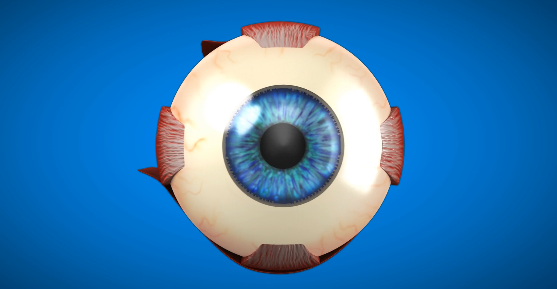Glaucoma is a serious disease that robs people of their sight. But it doesn’t have to be this way. During World Glaucoma Week 2023, we feel it’s important for Health Insiders to be aware of the simple measures you can take to prevent the onset of vision loss due to glaucoma.
Commonly referred to as the “silent thief of sight”, glaucoma is asymptomatic in most cases and by the time the condition is noticed, the vision loss is irreversible. Despite being relatively asymptomatic as it progresses, a recent survey conducted by Market research company Leger shows the majority of Canadians (71%) expect at least one early warning symptom of glaucoma, a condition that impacts the optic nerve and results in vision loss if left untreated.
Regular Eye Exams Key to Detection
“Regular visits to an optometrist and early detection through 3D eye scans are crucial for treatment and ongoing monitoring of glaucoma. Many vision-threatening eye conditions, including glaucoma, progress to advanced stages without symptoms, while vision loss is preventable if caught early,” said Naomi Barber, Director of Optometry at Specsavers.

Canadians who require corrective glasses often have an eye exam to update their prescription, however, many Canadians are not getting their eyes checked regularly, if at all. It’s estimated that glaucoma currently impacts more than 728,000 Canadians who have been diagnosed. However, it’s widely reported that many people with the condition do not know they have it. Early diagnosis, careful monitoring, and regular treatment can help many Canadians retain their sight for life.
3D Eye Scans Detect Glaucoma
Glaucoma can be detected via a 3D eye scan called optical coherence tomography (OCT) which is part of the standard eye exam. OCT helps optometrists see what is going on beneath the surface of the eye and can detect potentially sight-threatening conditions such as diabetes, glaucoma, and age-related macular degeneration.
“The 3D eye scan only takes a few seconds and enables optometrists to assess the intricate structures of the eyes to detect conditions such as glaucoma and diabetes,” said Barber.
OCT works by taking a series of scans of the back of the eye that form a detailed 3D image of important structures in the eye, such as the optic nerve, retina and macula. These 3D scans help optometrists spot any abnormalities and identify eye diseases in their earliest stages.
These detailed 3D scans are also a useful tool in closely monitoring your eye health over time. This is particularly important for patients who have risk factors for eye conditions, or a history of eye disease in their family.
This research was gathered via an online survey of 1,536 Canadians, 18+, completed between January 6 and January 9, 2023, using Leger’s online panel.
The information provided on TheHealthInsider.ca is for educational purposes only and does not substitute for professional medical advice. TheHealthInsider.ca advises consulting a medical professional or healthcare provider when seeking medical advice, diagnoses, or treatment.










